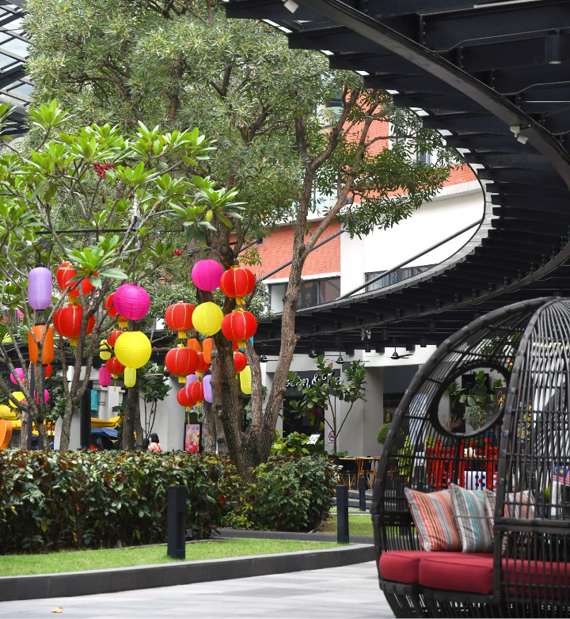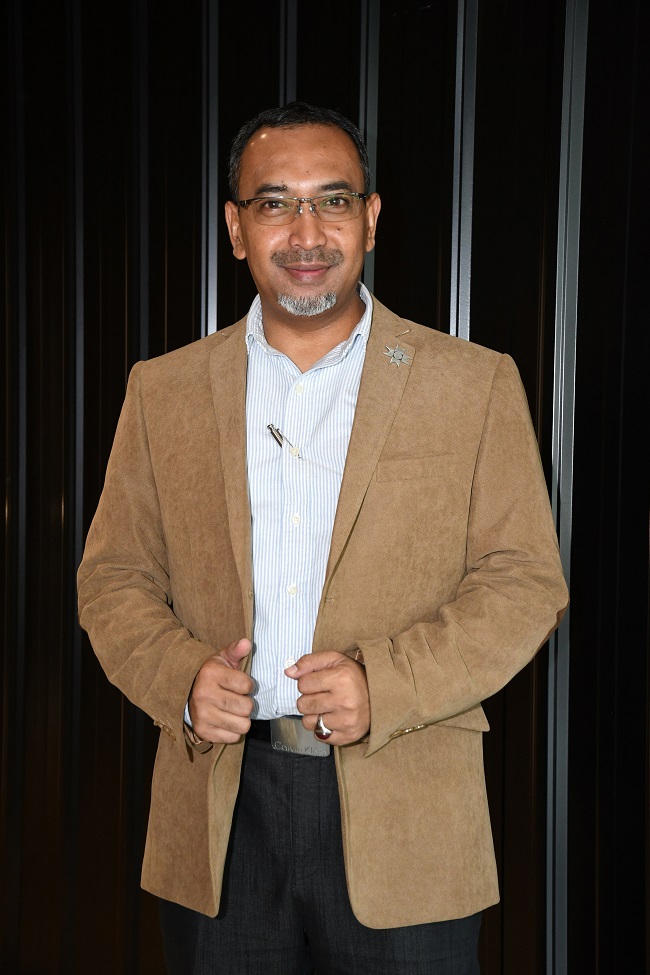Rising awareness on healthier workplaces

Malaysian Institute of Architects president Datuk Ezumi Harzani Ismail deems that in terms of working space planning, Malaysia is doing fine for now as there are more new buildings with airy green common spaces. Such planning promotes a healthy workplace as well as better interaction among building occupants and co-workers, which can lead to a healthier social culture.
“More and more buildings provide outdoor spaces for unwinding and self-healing, which reflects the rising awareness of good mental health in the workplace,” he highlights.
Read also
Re-planning office space under the new norm
New X factors in office requirements
Millennials missing the experience
Ezumi shares that a refreshing concept for office buildings in the future would be one which promotes a sense of community, such as having a central courtyard instead of the usual rows of shopoffice lots.
“An example that comes to my mind is Plaza Arkadia at Desa ParkCity. Its design deviated from the usual shopoffice typology. It is established with a central courtyard and open-air pedestrianised street connecting people at the street level. Buildings with central courtyards also open up the possibility of residents-only gardens or communal spaces,” he says.
Air-conditioning ≠ good air quality
However, Ezumi acknowledges there are more office buildings in Malaysia that are still highly dependent on air-conditioning within confined spaces without any outdoor space for fresh air. It is in fact one of the most common design weaknesses of Malaysian office buildings, which is not helping in preventing the spread of airborne viruses like Covid-19.

“A big disadvantage is that our offices are still highly dependent on air-conditioning. Even low-rise buildings tend to rely on air-conditioning as a way to cool the interior. With our humid and often wet climate, many buildings are built as enclosed spaces that necessitate the use of air conditioning where occupants are left with breathing recycled air.
“Yes, it is true that we cannot do anything about our climate but we can design our buildings to use natural ventilation for better air exchange rate, which will provide certain help to prevent the spread of virus,” Ezumi posits.
He also emphasises that with stay-at-home orders and restrictions on physical interactions, it is even more important to take indoor air quality seriously and start thinking of improving it.
This story first appeared in the EdgeProp.my e-weekly on Jan 29, 2020. You can access back issues here.
Get the latest news @ www.EdgeProp.my
Subscribe to our Telegram channel for the latest stories and updates
Never miss out
Sign up to get breaking news, unique insights, event invites and more from EdgeProp.
Latest publications
Malaysia's Most
Loved Property App
The only property app you need. More than 200,000 sale/rent listings and daily property news.
